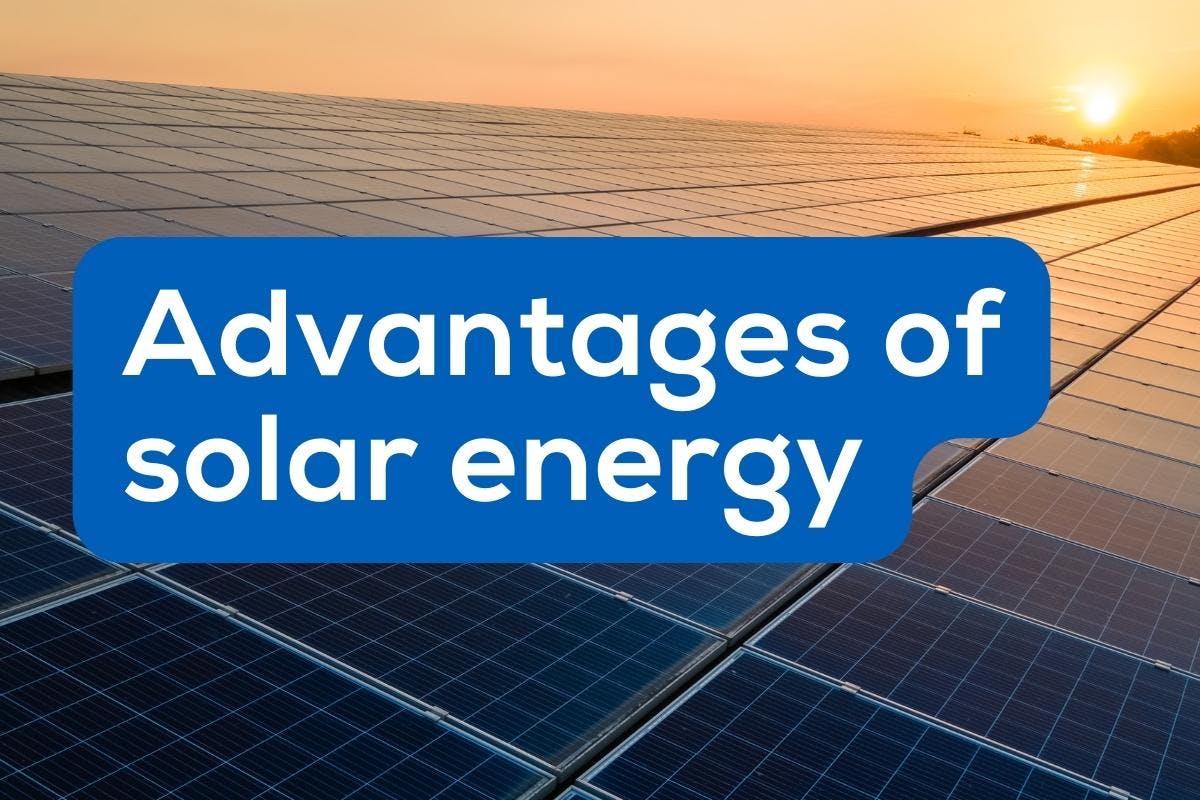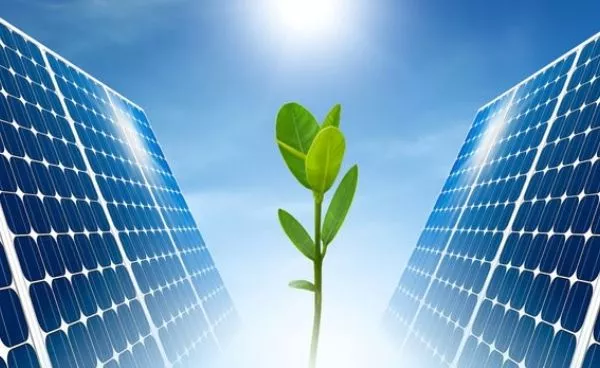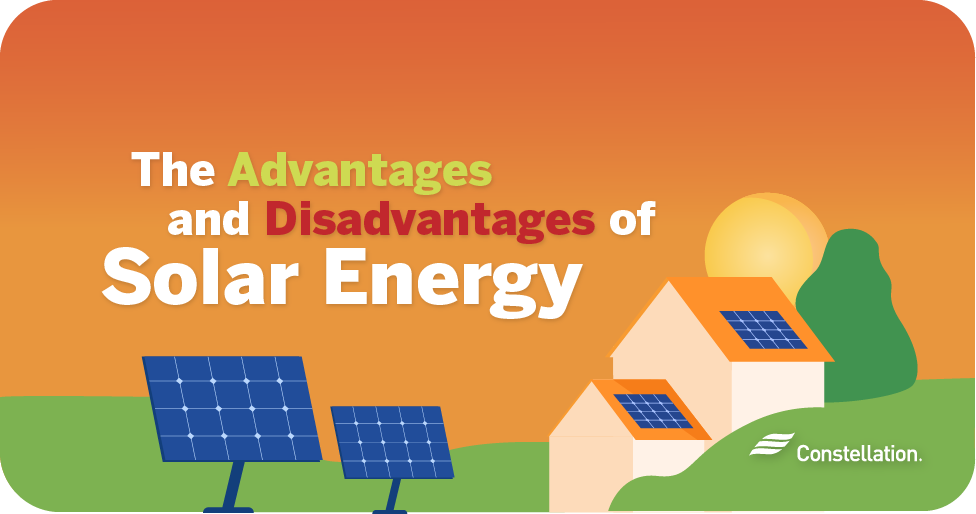Solar Power 101: A Newbie's Guide to Sustainable Energy Solutions
As the globe progressively moves in the direction of sustainable energy options, understanding the basics of solar power comes to be essential for both individuals and businesses. By exploring the benefits of solar technology, along with the financial incentives and installment processes, one can obtain a clearer perspective on exactly how to successfully integrate this eco-friendly resource right into their energy technique.
Comprehending Solar Energy
At its core, comprehending solar power includes understanding the fundamental principles of just how sunlight can be converted right into usable electricity. Solar power is stemmed from the sun's radiation, which can be taken advantage of through different technologies. The primary system for this conversion is the photovoltaic result. This sensation takes place when sunshine strikes semiconductor products, normally silicon-based, within solar batteries. The power from the sunlight delights electrons in the semiconductor, allowing them to flow openly and produce straight present (DC) electricity.

Understanding solar power additionally involves recognizing its ecological benefits. By using sunlight, we can alleviate greenhouse gas exhausts and decrease air contamination, adding to an extra lasting future. The innovations in innovation and efficiency of solar systems proceed to enhance their stability, making solar energy a significantly appealing option for international power demands.
Kinds of Solar Power Equipments
Numerous kinds of solar power systems are frequently used to harness solar energy for electrical power generation. The primary categories include solar (PV) systems, focusing solar energy (CSP) systems, and solar thermal systems.
Solar systems utilize photovoltaic panels made up of silicon cells that convert sunshine directly right into electricity. These systems are versatile and can be installed on roofs, ground mounts, or incorporated right into building products.
Concentrating Solar energy systems, on the other hand, use mirrors or lenses to concentrate sunlight onto a tiny area, generating warm that drives a vapor turbine to produce electrical power - Simply Solar Illinois. CSP systems are typically deployed in large power plants and require direct sunlight, making them less suitable for cloudy regions

Each kind of solar my response power system has its distinct attributes, applications, and suitability depending upon geographic place, power needs, and budget, making it crucial to assess choices based on specific situations. - Simply Solar Illinois

Benefits of Solar Power
Taking advantage of solar power with different systems not only gives a sustainable means to generate power yet additionally supplies a plethora of advantages. One of the most significant benefits is the decrease in greenhouse gas discharges, adding to a cleaner environment and combating climate change. Solar energy is renewable, implying it is inexhaustible and readily available as long as the sunlight radiates, unlike nonrenewable fuel sources, which are finite and diminishing.
Additionally, solar power can result in substantial price financial savings gradually. Property owners and organizations can lower their power expenses considerably, and oftentimes, they may earn credit scores for excess energy produced via web metering. Additionally, the solar sector creates work, from producing to installment, boosting neighborhood economic climates.
Another engaging advantage is energy independence. By creating their own power, individuals and areas can view publisher site minimize dependence on external power sources, improving strength against fluctuating energy rates and supply disruptions. Solar power systems need marginal maintenance, making them a practical alternative for sustainable power generation.
Installment Process Review
The installment process for solar power systems normally involves a number of vital actions that guarantee reliable assimilation into a building. Initially, a detailed website analysis is performed to evaluate the roof covering's positioning, shielding, and structural stability, which are critical to optimizing photovoltaic panel efficiency. Following this evaluation, the style stage starts, where a tailored solar energy system is set up based upon the house owner's energy needs and preferences.
Once the design is completed, the required permits and authorizations are gotten from neighborhood authorities, making certain conformity with laws. The real setup includes mounting the solar panels on the roofing system or ground, connecting them to an inverter, and incorporating the system with the residential or commercial property's electrical setup. This stage might additionally include installing battery storage space systems, depending upon the style.
With the installation full, the solar energy system can start generating sustainable energy, contributing to sustainability and decreasing utility expenses. This structured method makes certain that solar systems are both effective and dependable, optimizing their long-term benefits.
Financial Rewards and Savings
Discovering the economic motivations and savings associated with solar energy systems can considerably improve the charm of making the switch to sustainable energy. One of the most notable incentives is the federal solar tax obligation debt, which permits home owners to subtract a percent of their solar system installment prices from their federal tax obligations.
In enhancement to tax obligation credit scores, several states supply discounts that can additionally decrease my blog in advance costs. Some utility companies additionally give performance-based rewards, satisfying solar power manufacturing gradually. Financing options, such as solar car loans and leases, allow customers to set up systems with little to no down repayment, making solar energy a lot more easily accessible.

Long-term cost savings are an additional crucial variable. By generating their very own electrical power, home owners can considerably minimize or also remove their monthly energy expenses. In addition, solar systems can boost home values, providing a solid return on financial investment. Generally, the combination of rewards and cost savings makes solar power a financially eye-catching choice for many homes.
Verdict
In final thought, solar power stands for a crucial element of lasting power services, giving a pathway toward minimized carbon footprints and enhanced environmental security. Ultimately, the change to solar energy not just fosters eco-friendly responsibility yet likewise advertises economic financial savings and energy freedom.